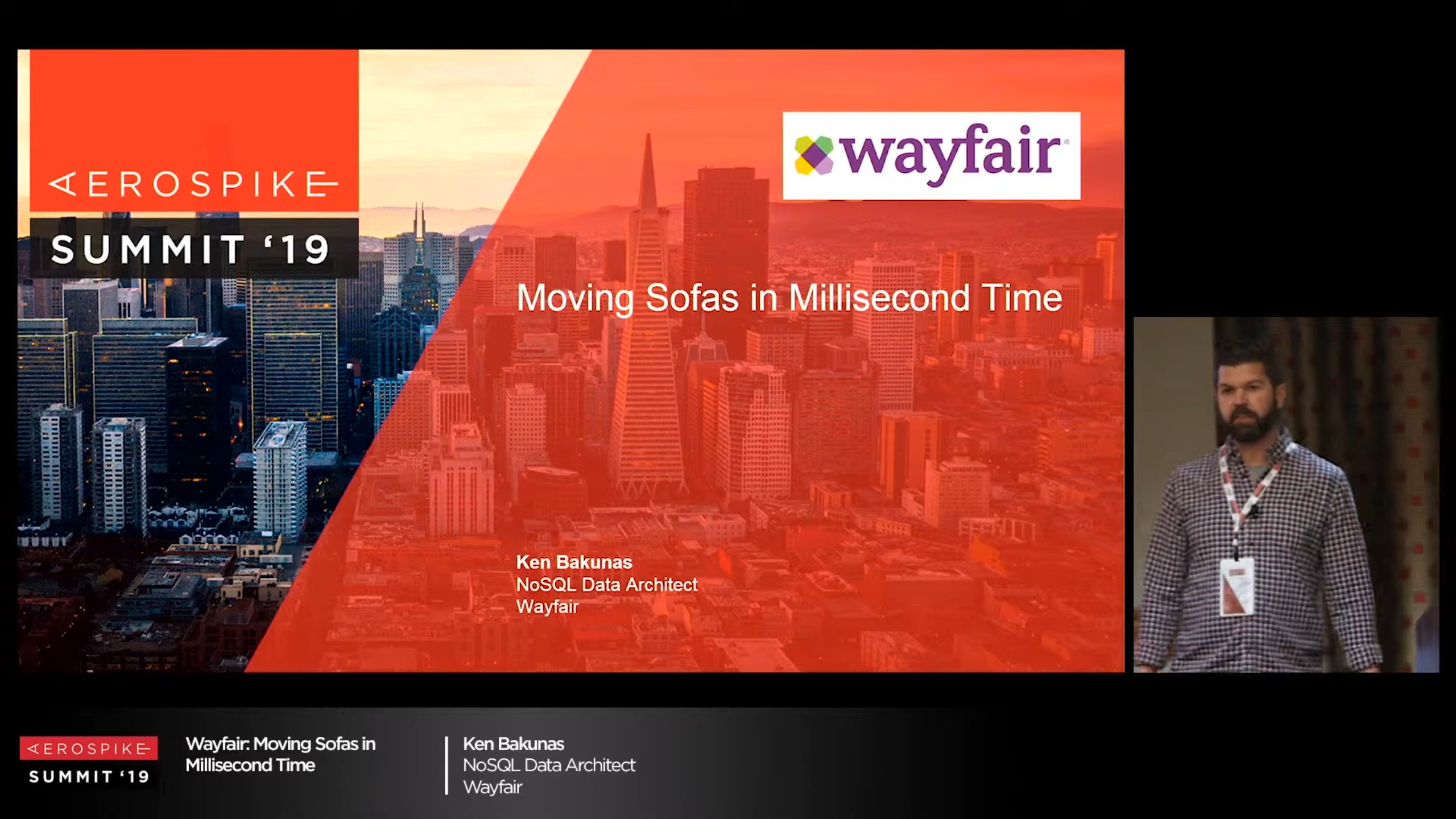The demand for real-time analytics is on the rise globally, as businesses need access to the right data to make key business decisions and act on them—within seconds or even milliseconds.
IDC estimates that by 2025, almost 30% of global data will be real-time.
From retail and supply chain management to manufacturing and finance, real-time data analytics enable companies to stay competitive, respond to market trends and fluctuations, address potential problems and optimize their business decisions. According to a recent report from the Centre for Economics and Business Research and KX, over 80% of firms that integrated real-time analytics and systems reported revenue uplift. Analyzing historical data in batches is no longer sufficient for all business needs. Real-time analytics provide an array of benefits that are necessary in the current business environment:
- Use of the most up-to-date data to meet the needs of customers and the business
- Integration of diverse data sources, from legacy systems to social media and IoT feeds
- Scalability that can handle sudden shifts in demand
- Cost-effectiveness that produces maximum ROI
- Global availability that ensures the latest data is accessible from any location
In an increasingly connected world of smartphones and IoT, customers expect up-to-date access to services and products anywhere, on any device, all with an excellent customer experience. Retailers need real-time data to respond to sudden trends and to better understand their customers’ unique buying habits and preferences. Supply chain management has moved beyond the automation of processes to adopting real-time data analytics to improve cost savings, speed, and productivity. For manufacturers, real-time analytics of data from IoT devices can alert them to slowdowns or potential workflow issues, which can be addressed before they spiral out of control. Other use cases include optimizing routes for transportation and logistics, or helping to prevent fraud in the finance industry. In recent years, Wayfair—a global leader in online home furnishing sales—experienced tremendous growth, and found its existing data systems pushed to the limit during a major retail event. It turned to Aerospike to maintain up-to-date customer profiles, along with real-time tracking of online customer activities and events, in addition to optimizing onsite advertising and recommendation engines. By implementing Aerospike, they were able to easily scale up or down along with major spikes in activity, while controlling costs—reducing their server footprint to 1/8th of its previous size, without compromising customer satisfaction.
Unlike other solutions that struggle to scale cost-effectively, Aerospike’s hybrid memory architecture combines high performance and sub-millisecond latency with minimal hardware spend, enabling massive scaleup at significantly lower total cost of ownership. As a result, businesses can derive maximum value from real-time data analytics, with a solution that remains sustainable as their data streams shift and grow.


